What Is The Difference Between Electrostriction And Piezoelectricity?
What is Electrostriction?
Electrostriction refers to the deformation of dielectric materials when subjected to an electric field. In contrast to piezoelectricity, which occurs only in specific materials without a centre of symmetry, electrostriction is observed in all dielectric substances. The deformation follows a quadratic dependence on the electric field, meaning that the strain is proportional to the square of the applied field strength.
Mechanism of Electrostriction
The electrostrictive effect is produced by the alignment of molecular dipoles in the material when an electric field is applied. This alignment causes a redistribution of charges, thereby resulting in a change in the dimensions of the material. The process is reversible; consequently, the material returns to its original form once the electric field is removed.
Applications of Electrostriction
Electrostriction is implemented in various fields, including
lActuators: They are employed in systems that require accurate motion control.
lSensors: They are used in devices that detect changes in electric fields.
lEnergy Harvesting: For converting mechanical energy into electrical energy.
lMedical Devices: utilised in imaging and diagnostic equipment.
Advantages and Limitations
Electrostriction offers several advantages:
lApplicability: It is applicable to all dielectric materials.
lAccurate motion control: Suitable for applications requiring precise movement control.
lEnergy efficiency: It consumes low energy in actuators and sensors.
Despite these advantages, electrostriction has several limitations:
lMaterial dependency: The performance depends on the dielectric properties of the material.
lResponse time: It may exhibit a slower response when compared with piezoelectric materials.
lTemperature sensitivity: Extreme temperatures can affect its performance.
What is Piezoelectricity?
Piezoelectricity is the ability of certain materials to generate an electric charge in response to mechanical stress. This effect occurs in materials that lack a centre of symmetry, such as quartz and certain ceramics. In contrast to electrostriction, piezoelectricity is a linear effect, whereby the generated charge is directly proportional to the applied voltage.
Electrostriction vs. Piezoelectricity
Both electrostriction and piezoelectricity are based on the interaction between electric fields and mechanical deformation; however, they differ in their underlying mechanisms and material requirements.
|
Feature |
Electrostriction |
Piezoelectricity |
|
Material Requirement |
All dielectric materials |
Specific non‑centrosymmetric materials |
|
Relationship with the Field |
Quadratic dependence on the electric field |
Linear dependence on the mechanical stress |
|
Reversibility |
Reversible deformation |
Reversible charge generation |
|
Applications |
Actuators, Sensors, Energy Harvesting |
Measurement transducers, Sensors, Actuators |
|
Temperature Dependence |
Less sensitive to temperature fluctuations |
May be sensitive to temperature fluctuations |
Further information is available atStanford Advanced Materials (SAM).
Frequently Asked Questions
Which materials exhibit electrostriction?
All dielectric materials, including ceramics, polymers and glass, display electrostrictive properties.
Is electrostriction the same as piezoelectricity?
No, although both processes involve deformation under electric fields, electrostriction occurs in all dielectric materials and exhibits a quadratic relationship with the electric field, in contrast to the linear relationship observed in piezoelectricity.
Can electrostriction be used for energy harvesting?
Yes, electrostriction can be employed to convert mechanical energy into electrical energy for energy harvesting applications.
What are common applications of piezoelectricity?
Piezoelectricity is commonly utilised in sensors, actuators, measurement transducers and various electronic devices that require accurate control and measurement.
How does temperature affect electrostrictive materials?
Extreme temperatures may alter the dielectric properties of electrostrictive materials, thereby impacting their performance and response time.

 Bars
Bars
 Beads & Spheres
Beads & Spheres
 Bolts & Nuts
Bolts & Nuts
 Crucibles
Crucibles
 Discs
Discs
 Fibers & Fabrics
Fibers & Fabrics
 Films
Films
 Flake
Flake
 Foams
Foams
 Foil
Foil
 Granules
Granules
 Honeycombs
Honeycombs
 Ink
Ink
 Laminate
Laminate
 Lumps
Lumps
 Meshes
Meshes
 Metallised Film
Metallised Film
 Plate
Plate
 Powders
Powders
 Rod
Rod
 Sheets
Sheets
 Single Crystals
Single Crystals
 Sputtering Target
Sputtering Target
 Tubes
Tubes
 Washer
Washer
 Wires
Wires
 Converters & Calculators
Converters & Calculators
 Write for Us
Write for Us
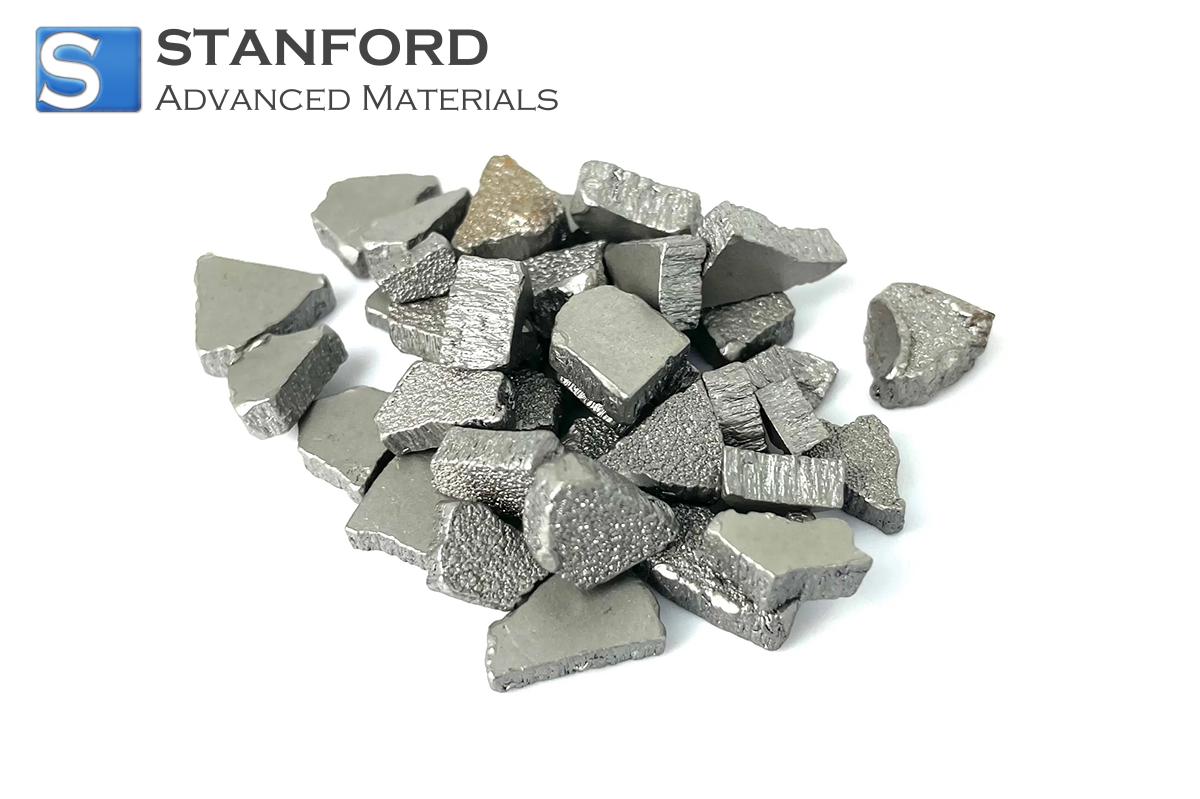
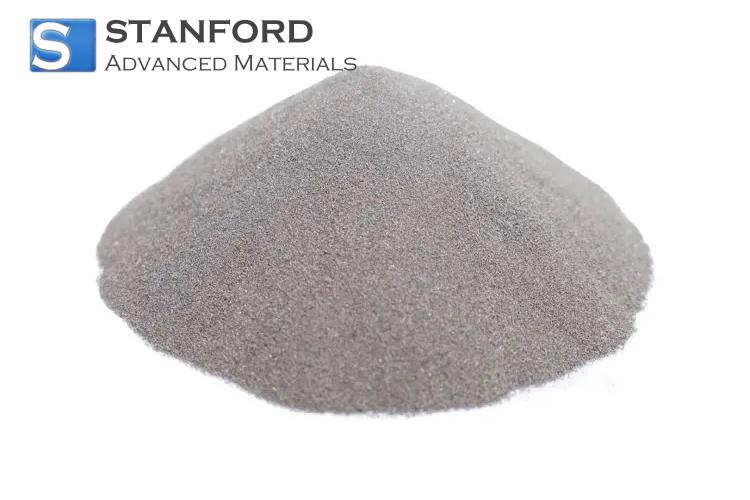
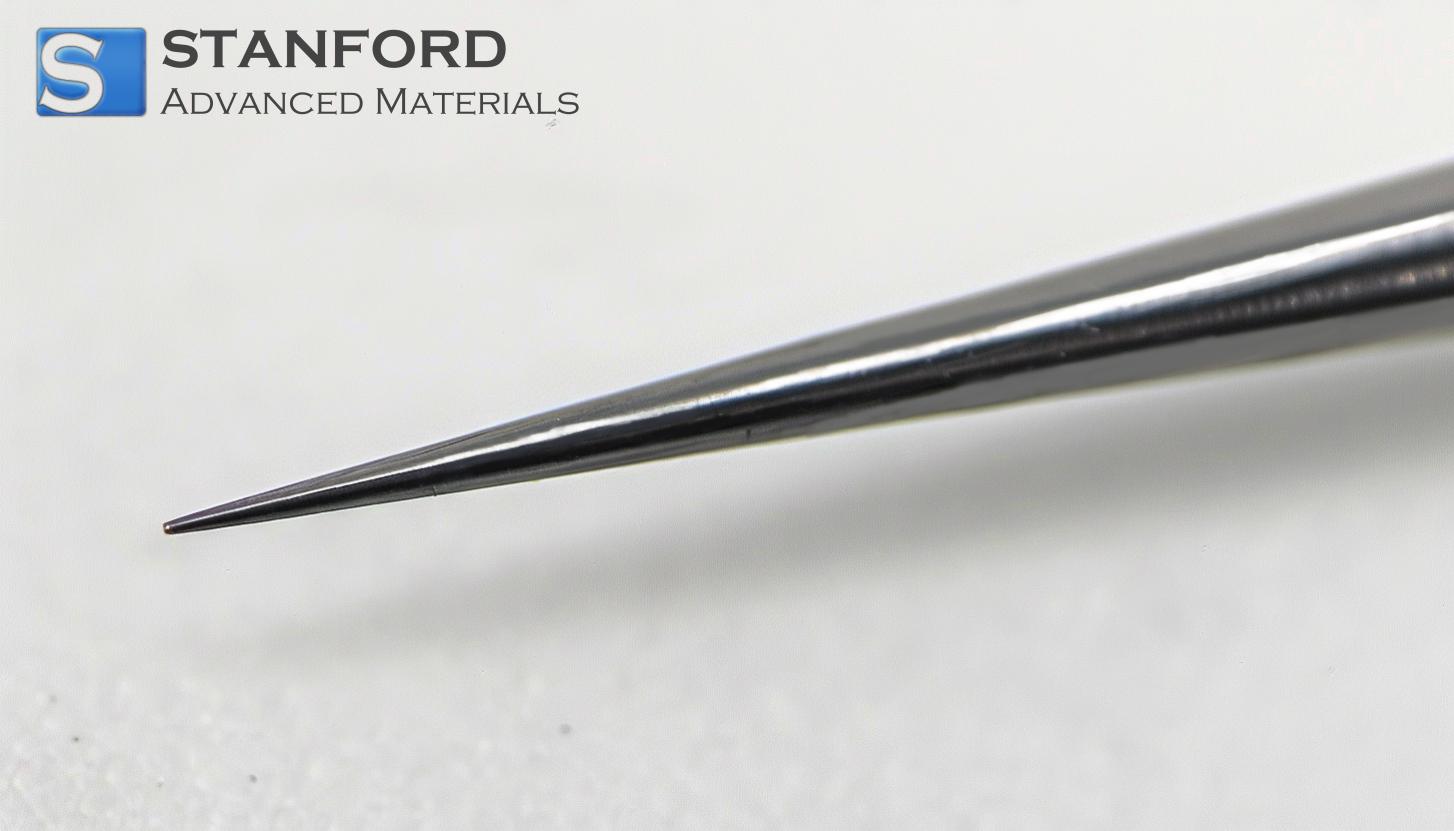
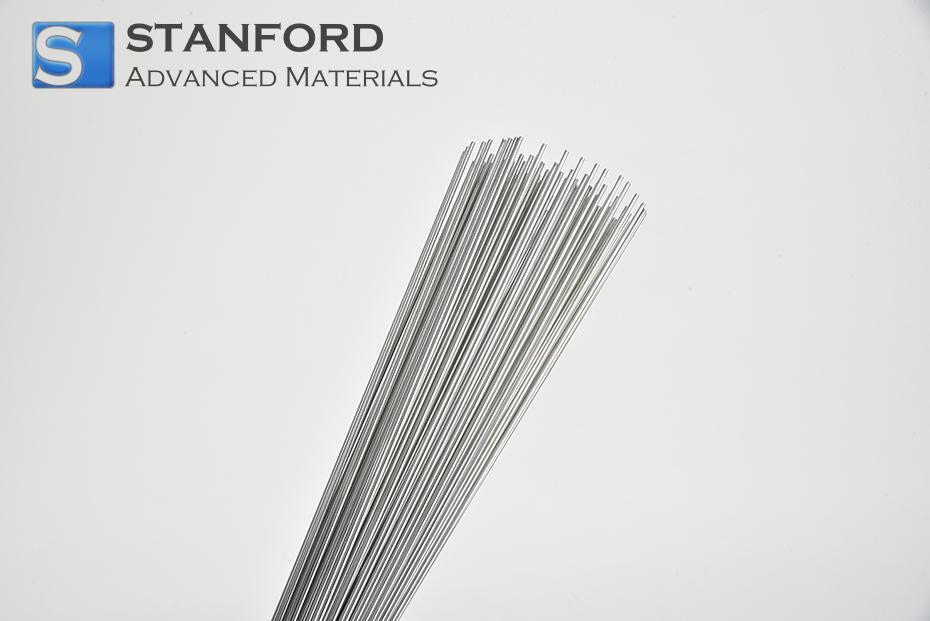
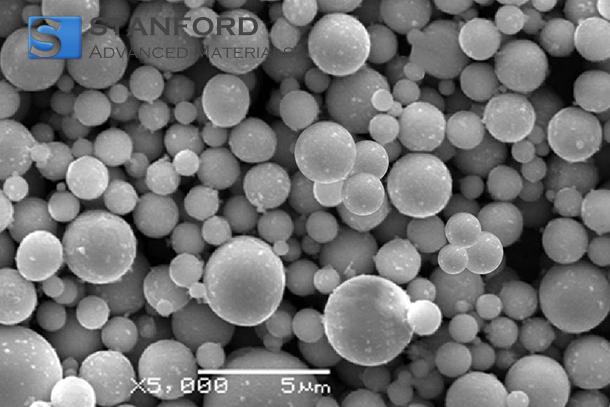
 Chin Trento
Chin Trento



